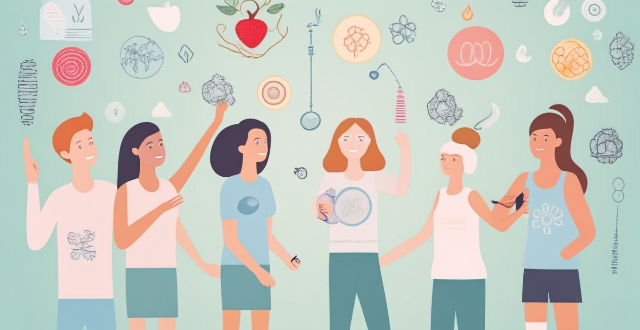Female-centric non-profit organizations face several key challenges, including limited funding and resources, lack of visibility and recognition, gender bias and stereotyping, limited access to technology and digital tools, and balancing advocacy and service delivery. To overcome these challenges, organizations can explore alternative funding sources, increase visibility through social media and community events, prioritize diversity and inclusion, leverage cost-effective technology solutions, and build alliances with other organizations. By addressing these challenges, female-centric non-profit organizations can effectively support women and girls and create positive change in their communities.

Key Challenges Faced by Female-Centric Non-Profit Organizations
1. Limited Funding and Resources
One of the primary challenges faced by female-centric non-profit organizations is limited funding and resources. These organizations often rely on grants, donations, and government funding to carry out their activities, which can be unpredictable and insufficient.
Overcoming the Challenge:
To overcome this challenge, organizations can explore alternative funding sources such as crowdfunding, corporate sponsorships, and partnerships with other organizations. They can also focus on building strong relationships with donors and stakeholders to secure long-term funding commitments.
2. Lack of Visibility and Recognition
Female-centric non-profit organizations often struggle with low visibility and recognition, which can make it difficult to attract supporters and raise awareness about their cause.
Overcoming the Challenge:
To increase visibility, organizations can leverage social media platforms, engage in community events, and collaborate with influencers to promote their work. They can also develop compelling storytelling techniques to share their impact and success stories with potential supporters.
3. Gender Bias and Stereotyping
Female-centric non-profit organizations may face gender bias and stereotyping from both within and outside their organization. This can lead to underestimating their capabilities and limiting opportunities for growth and expansion.
Overcoming the Challenge:
To address gender bias and stereotyping, organizations can prioritize diversity and inclusion in their hiring practices, provide training on unconscious bias, and actively seek out mentorship and networking opportunities for their staff members. They can also challenge gender stereotypes through their messaging and advocacy efforts.
4. Limited Access to Technology and Digital Tools
Many female-centric non-profit organizations operate on tight budgets, which can limit their access to technology and digital tools that are essential for effective communication and outreach.
Overcoming the Challenge:
To bridge the digital divide, organizations can explore cost-effective technology solutions such as cloud-based software, open-source platforms, and mobile apps. They can also partner with tech companies or volunteer groups to receive pro bono support for website development, social media management, and data analytics.
5. Balancing Advocacy and Service Delivery
Female-centric non-profit organizations often have dual roles of providing services while advocating for systemic change. Balancing these two responsibilities can be challenging, especially when resources are scarce.
Overcoming the Challenge:
To effectively balance advocacy and service delivery, organizations can prioritize their goals based on impact and feasibility. They can also build alliances with other organizations working towards similar objectives to share resources and expertise. Additionally, they can incorporate advocacy into their service delivery by empowering clients to become advocates themselves.